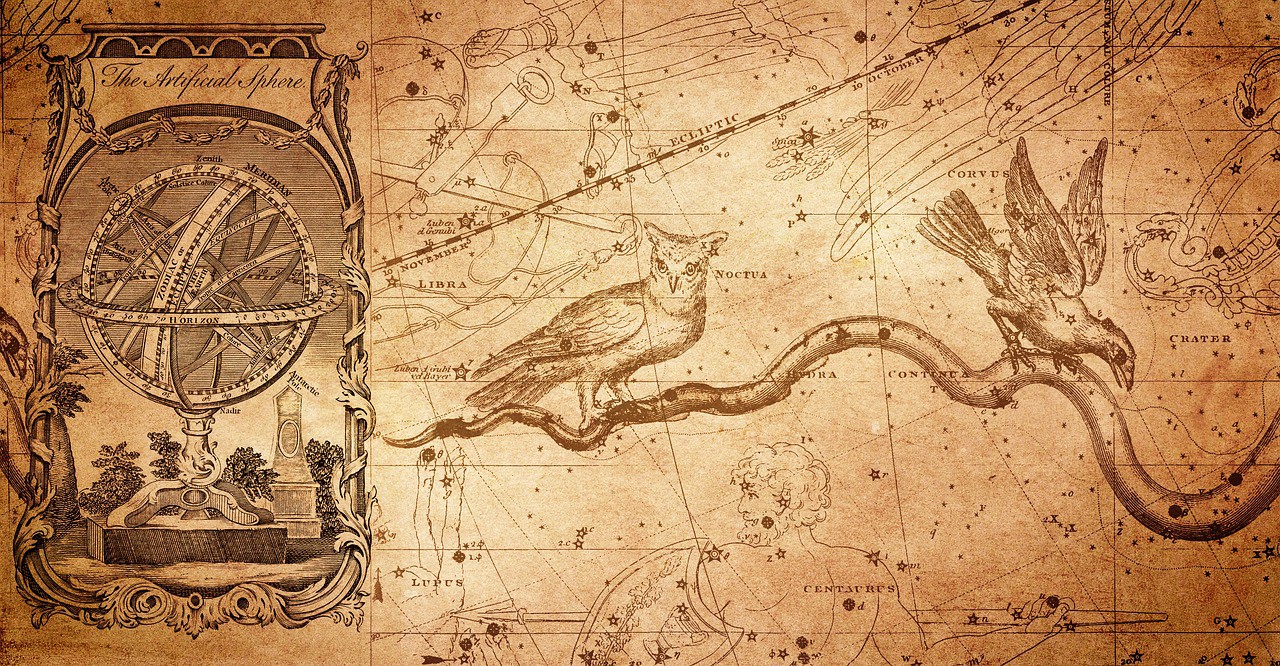
Image by DarkWorkX from Pixabay
Americans deserve better health than what we’ve been offered, but the reality is that, perhaps, we’re looking at the question of health the wrong way round.
We come by this backward approach honestly.
The ancient Greek pre-Socratic philosopher Anaxagoras (c. 510 BCE to c. 428 BCE) made the argument that the sun and moon were both rocks, but that they had been pulled out from Earth many thousands of years ago, before human existence.
He argued that the movement of these heavenly bodies was connected with the force of rotation, namely the centripetal force that was enacted by the earth’s own rotation and which caused large, loose rock formations to be flung off of its axis. In particular, even though his theory about the way in which the moon was formed was incorrect, what is also the case is that Anaxagoras was responsible for our first idea of how we can see the moon. He posited that reflected light from the sun was the reason for our being able to see the moon at night, and that this light would shift depending on the positions of the sun and the moon as well as Earth. The final observation that Anaxagoras made about the moon is that it had mountains; he was able to observe the patterns in the surface of the moon under certain conditions without the use of a telescope and came to those conclusions. Nonetheless, this also suggested to the philosopher that the moon was likely to be inhabited by otherworldly beings.
The way in which we perceive the moon, based on these observations from Ancient Greece, can be said to be both grounded in science and in mythological perception of the facts. Although one may argue that Anaxagoras’ point of view on the moon was more accurate than the ideas put forward in myth, we can also observe that the foundation for many of his observations was conjecture and assumption.
Very little changed by the time of the Scientific Revolution.
Copernicus delayed his publication on his opinion on the rotation of the Earth around the Sun because he knew that his opinion would alarm his contemporaries, namely those who could not explain that if the earth were spinning then why was it that an arrow shot into the air did not fly off the face of the earth. The Copernican system was provocative because it offended the medieval sense that the universe was an affair between God and man, and so he decided to publish his findings in 1543, the year of his death. Aware that he could not persuade the traditional thinking of the time, Copernicus made a scientific appeal to mathematicians who could understand and appreciate the order and essential simplicity of his system more than those in religious orders.
It wasn’t until 1609 that Copernicus’ discoveries were confirmed.
In that year, Galileo took note of a development from Holland and discovered that a lens grinder had taken two lenses and placed them at opposite ends of a metal tube, from which plans he created his telescope. Galileo discovered craters on the moon, the moons of Jupiter, sun spots, the rings of Saturn, and the phases of Venus. He determined that the Earth’s moon was not a source of light but rather of reflected light, and found that nebulous stars were in fact actually a number of small stars clustered together, and used the term magnitude in describing the brightness of the fixed stars. He also confirmed Copernican theory about the revolution of the earth around the sun.
What all of these stories about our scientific past tell us is that our knowledge is not only evolving, but it’s also grounded in our social norms. We don’t always allow for new ideas to take hold, even when they’re good ones.
Cannabidiol (CBD) is one of our most important evolving discoveries.
CBD, and the intervention of health practitioners who look at care in a completely different way than in the past, may be able to provide us with what we’ve been searching for all along: a healthy and simple way to prevent and treat disease and to make us well.
The challenge is that we have to look at CBD the other way around than we have in the past.
Because it’s produced from hemp, we’ve traditionally thrown out this baby with our bathwater, but now the social context of hemp is changing with the passing of new legislation in the United States and around the world. We know what’s possible when we use this molecule in our medicines: fast, effective, and life-changing shifts in complex disease trajectories. Alzheimer’s, epilepsy, gynecological conditions like endometriosis, and even cancers can be treated using CBD. With over ten thousand research studies conducted on CBD in the last thirty years using the same evidence-based standards required by the American medical establishment, we know this is a way in which we can explore everything new under the Sun.
We still need to address the issues that the American population has faced over multiple generations when it comes to understanding the way in which science can challenge and serve us, but CBD is one way in which we’ll be able to take great leaps forward.
I hope you’ll join me in seeing what’s possible, just like Copernicus.
— Klee
